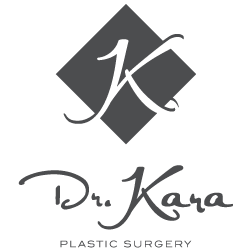Getting Rid of Buffalo Humps
Do you have a hump on your back and are seeking a way to remove or reduce the fat? Are you considering liposuction to improve the movement of your head and neck as a result of a buffalo hump?
A buffalo hump is a hump located between the shoulders on your back. It may be caused by extra fat around the neck and upper part of the back. This can be successfully removed with liposuction.
A buffalo hump may be caused by obesity, osteoporosis, a side effect of prescription medication, Cushing’s syndrome, or long-term steroid use, among other causes. Given the possible causes of a buffalo hump, it is important to first seek medical diagnosis to treat any potential underlying causes, for example, if it’s a side effect of medication, speak to your doctor about changing your medication. This will assist in preventing the return of the hump, if there is an underlying and ongoing medical condition associated with the hump.
While buffalo humps are typically, but not always, painless, it could make it difficult to turn your head from side to side or tilt your neck back, and could impact normal sleep patterns. Furthermore, the physical changes can also be detrimental to one’s quality of life with respect to the emotional and psychological impact of having a hump on your back.
A study by Simon Collins (2003) conducted research on patients with a buffalo hump. Eighteen people participated in the study. Fifteen of these patients had liposuction, while three of the other participants underwent a surgical removal. The study revealed that there were no complications as a result of the liposuction procedure. By the 12-month follow up, only one patient had the buffalo hump return within 3 months of liposuction. The study concluded that liposuction was the better method for removal of the buffalo hump because the scarring is minimal. However, there is a possibility of bumpiness, which is difficult to avoid but not always a consequence. Liposuction has possible side effects generally, such as fat embolisms, which may occur when there are large amounts of fat removed from the body; however, no complications arose with the 15 liposuction patients during the study.1
If you have a hump on your back and are seeking a treatment option to remove this fat pocket, a consultation with Dr. Kara can help you learn whether you are an ideal candidate for this procedure.
1 Collins, S. (2003) “Surgery for buffalo hump shows variable results depending on method” 1 April 2003.

